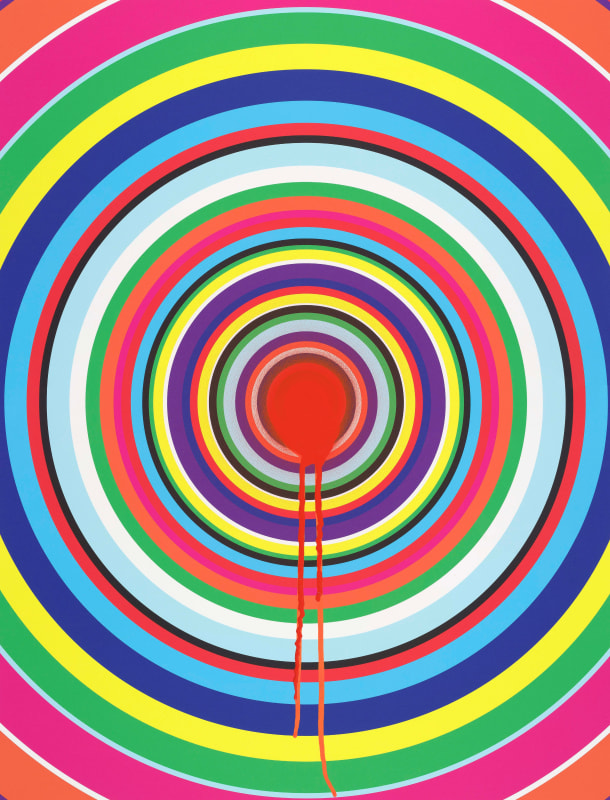RSA Lower Galleries
Free entry, booking required.
The Royal Scottish Academy is pleased to present Reduct: Abstraction and Geometry in Scottish Art. Considering the ways in which non-objective expression remains a compelling approach one hundred years after it was first taken up by the avant-garde, Reduct focuses specifically on the interest in geometry in the recent history of Scottish art.
Whilst the gestural, expressionistic abstraction propagated by greats of Scottish painting such as Sir Robin Philipson and Joan Eardley has long been considered the dominant style in Scottish art, Reduct reveals the ways in which the pared-back elegance of geometric abstraction has become both a pertinent, impactful means of expression for artists and a desirable field for collectors. Framed in a historical context of internationally significant Scottish artists including Alan Davie, Wilhelmina Barns-Graham and Sir Eduardo Paolozzi, the exhibition highlights the pursuit of non-objective form, through the prism of geometry, to be an important movement in Scottish painting, printmaking and sculpture with the influence of early twentieth-century European avant-gardes and American post-war art permeating the field. Challenging the supremacy of figuration and gestural expressionism in recent Scottish art history, Reduct shows geometric abstraction to be not only a trend, but a tradition, extending through the latter half of twentieth century to the present.
The lines, arcs and colours of the rural Scottish landscape emerge in the undulating shapes in paintings by the late John Mclean, whilst the curvilinear spaces of Louise Barrington’s wood, steel and thread construction points tellingly to the influence of the artist’s native Orkney on her practice. Elsewhere, works by Toby Paterson RSA (Elect), Olivia Turner and William Braithwaite look to the geometry implicit within the modern urban environment. Doug Cocker RSA and Jo Ganter RSA both dwell on the abstraction intrinsic to music, visualising soundscapes in deft sequences of shapes and colour. Despite the breadth of reference, an underlying urge towards geometric abstraction in order to analyse the world, make sense of it and interpret it, rather than reproduce it, is evident throughout the exhibition.













